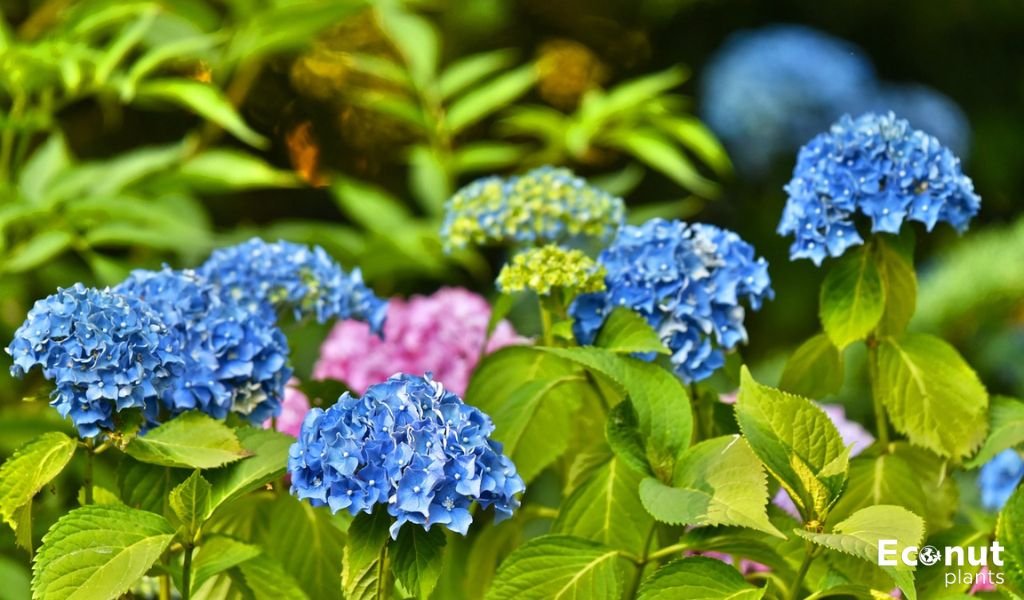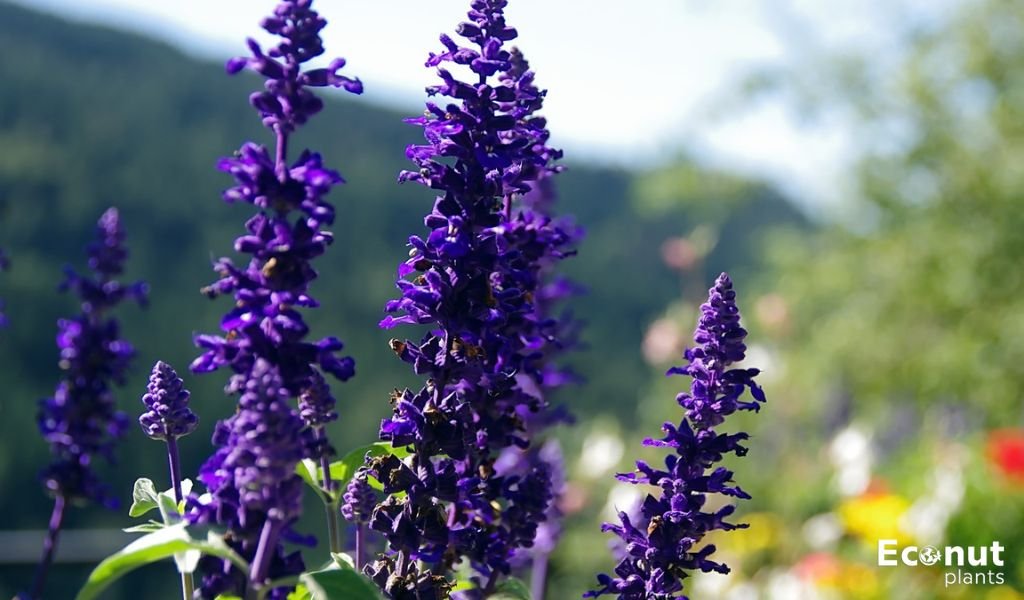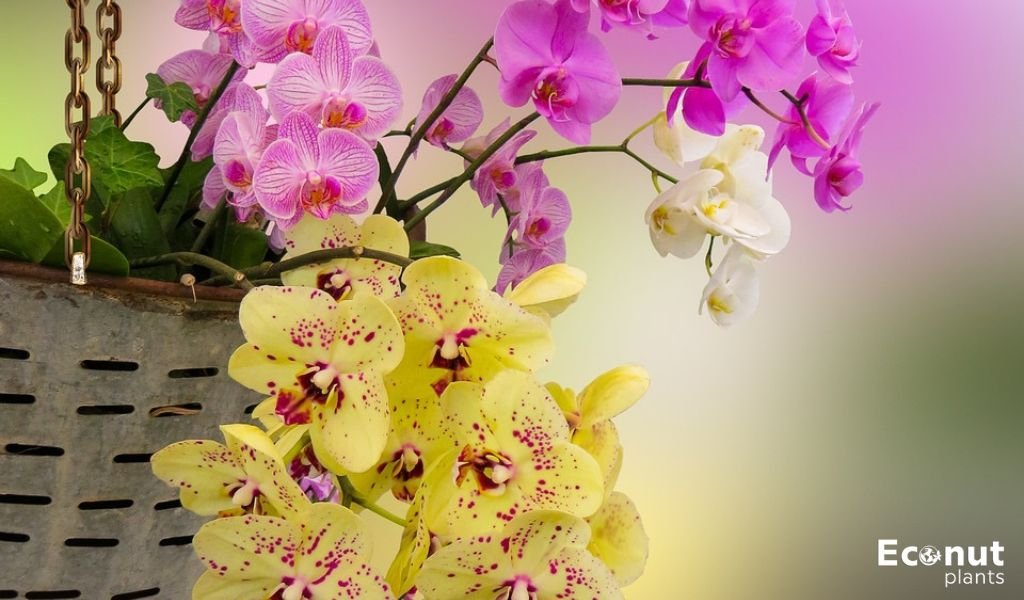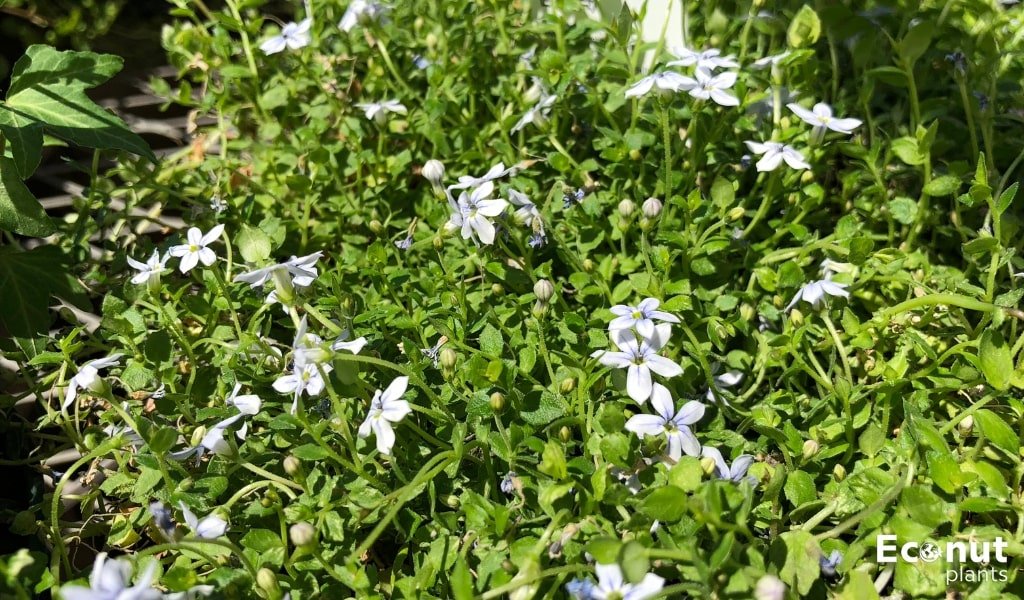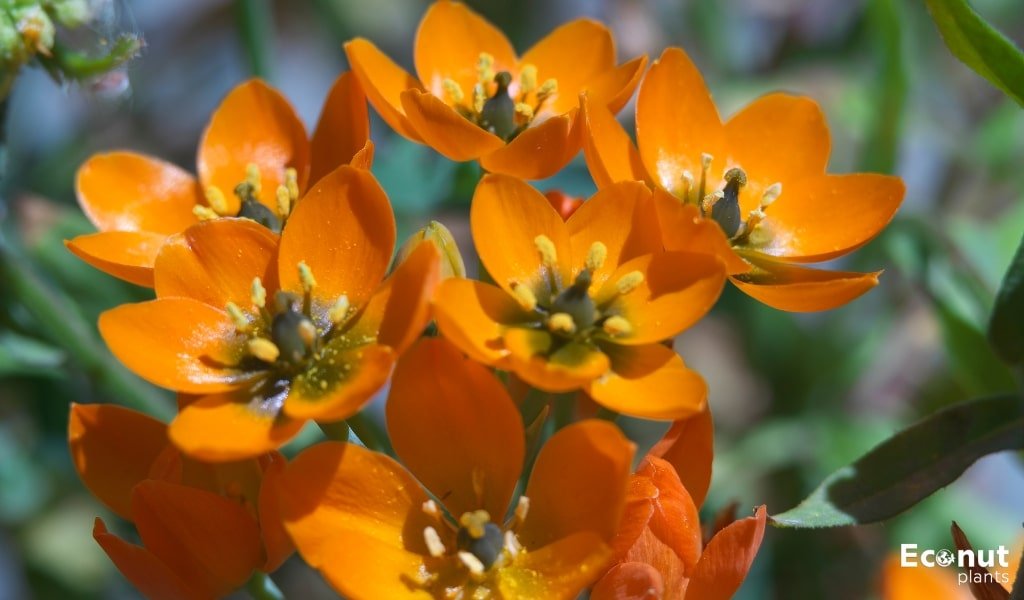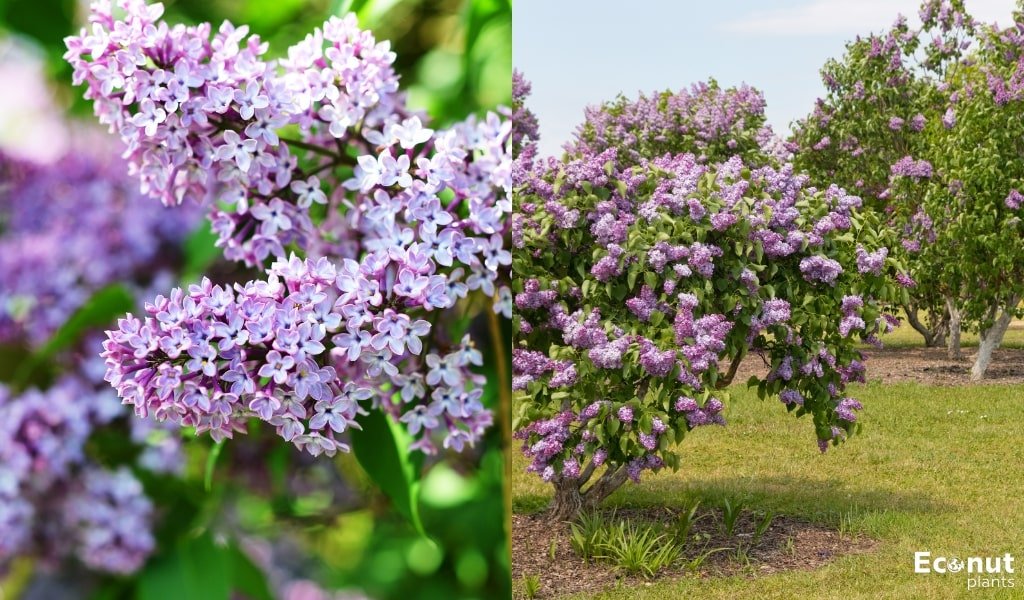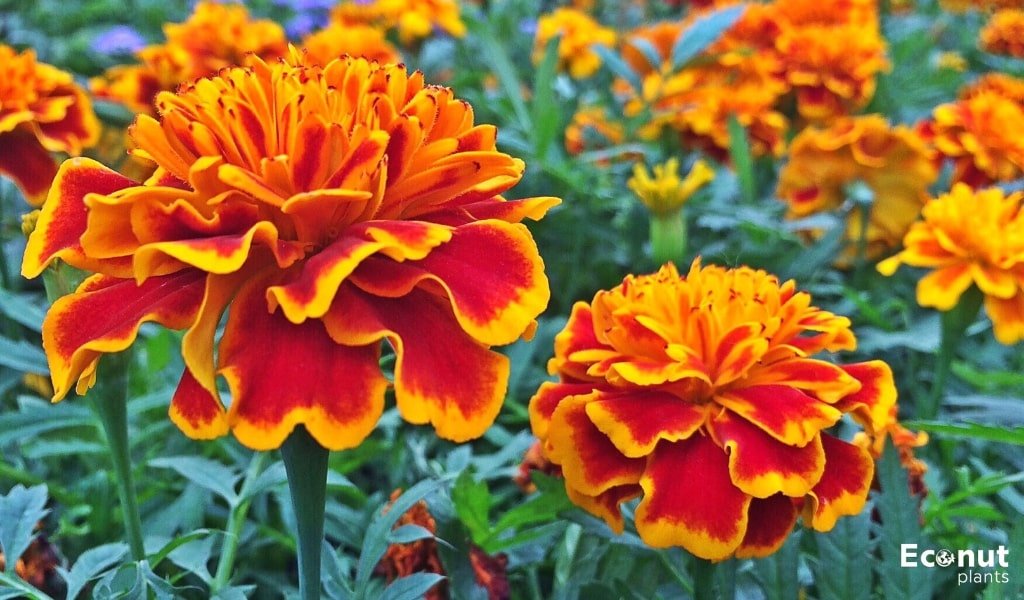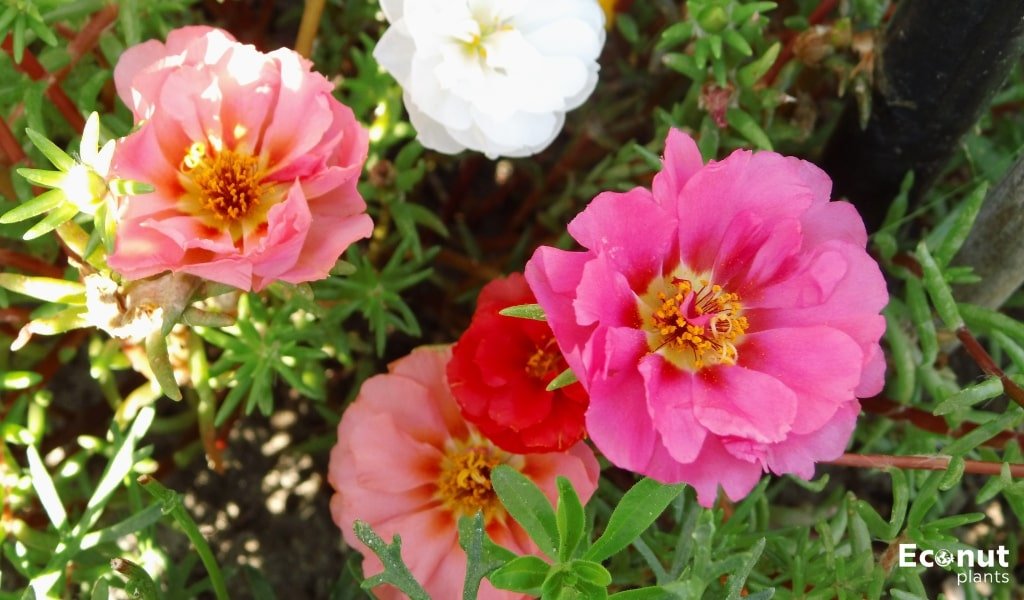Hydrangea Headgas Alive is among the most exquisite and efficient methods to define and add structure to your garden.
Flowering
Common Issues with Salvia Flowering Plants
Due to their extended flowering season, salvias are a common plant in gardens. There is great variation in the genus Salvia’s bloom, colour, scent, and plant habits.
Some Tips for Growing Gorgeous Orchids in Hanging Baskets
Orchids are a special kind of plant when it comes to their ideal growing conditions. For this reason, if you are attempting to grow them somewhere
A Perfect Guide for Growing Feverfew Plant
Feverfew is a lovely plant with many practical uses in the garden. It requires little upkeep and is a wonderful friend.
Perfect Guidance for How to Grow and Care for Blue Star Creeper
Blue Star Creeper is a low-growing perennial that blooms in late spring, summer, and early autumn. Little star-shaped flowers with colours ranging from pastel purple to blue cover them.
Orange Star Plant: Growing and Caring Guides
This gorgeous orange star plant has lime-green leaves interspersed with star-shaped clusters of orange blossoms that grow on the tips of long stalks.
Do Hydrangeas Flower Perennials Or Annuals?
Are you considering planting hydrangeas this year, but you’re not sure if they’ll come back next year or if you’ll have to plant them again?
What’s The Difference Between Lilac Bushes And Lilac Trees?
Lilac Bushes and Trees are distinct; they are comparable in certain ways. However, how can you distinguish between the two?
Marigolds: Are They Annual Or Perennial?
Marigolds Annual or Perennial? Both are responses. Several types are perennials, even though most cultivators grow them as annuals.
Portulaca: How to Perfectly Growing & Caring
Portulaca, often called the moss rose, is a stunning and versatile plant that adds colour to any landscape. Gorgeous, rose-like petals, ranging in colour from pastels to magnificent tones, are the highly prized feature of these low-growing annuals.

